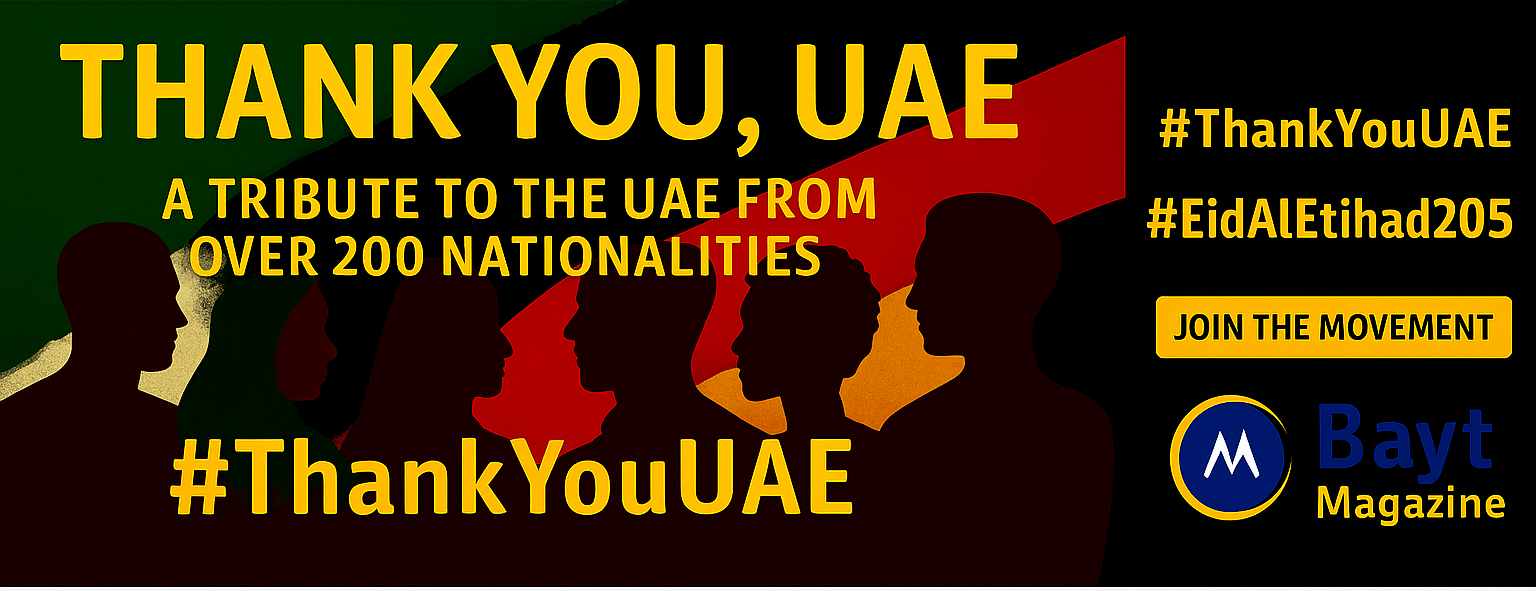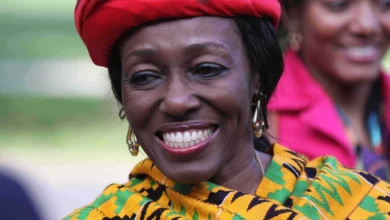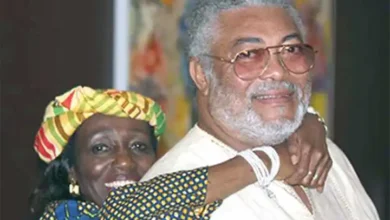
Critical Moments in Russia-Ukraine History That Mirror Today’s Crisis
Historical patterns between Russia and Ukraine appeal strongly to the current crisis and give us significant insights into today’s conflict. Russia’s brutal invasion has entered its third year, and three vital diplomatic events from the 20th century are the foundations of historical context: the Munich Agreement of 1938, the Yalta Conference of 1945, and the Budapest Memorandum of 1994.
The deep-rooted history between Ukraine and Russia has become more relevant as past events continue to influence current peace talks. The Munich Agreement showed how European powers left Czechoslovakia defenseless by giving its territory to Nazi Germany. Ukraine’s decision to give up nuclear weapons under the Budapest Memorandum now serves as a stark reminder of unfulfilled promises. The Maidan revolutions of 2004 and 2014 have shaped Ukraine’s modern identity and changed its relationship with Russia dramatically. Recent surveys show 85% of Ukrainians believe they experienced genocide. These historical patterns help us understand Ukraine’s strong resistance in what experts call one of the most significant events of this century.
The Munich Agreement: Appeasement and Its Echoes
Image Source: Wikipedia, the free encyclopedia
The Munich Agreement, signed on September 30, 1938, would later symbolize diplomatic failure. Germany, Great Britain, France, and Italy signed a pact that let Nazi Germany take over the Sudetenland, the German-speaking part of western Czechoslovakia. Czechoslovakia never received an invitation to these talks that sealed its fate.
How appeasement shaped WWII
British Prime Minister Neville Chamberlain’s haunting memories of World War I’s destruction led him to negotiate with Hitler. The League of Nations had failed, and collective security efforts had collapsed. Chamberlain returned to Britain and declared he had secured “peace for our time”.
Winston Churchill saw through this illusion. His words rang true: “You were given the choice between war and dishonor. You chose dishonor and you will have war”. Churchill’s warning became reality. Hitler seized what remained of Czechoslovakia by March 1939, and Germany invaded Poland six months later, sparking World War II.
Czechoslovakia suffered terribly. The loss of Sudetenland’s border fortifications left the country exposed to German attacks. The nation lost 70% of its iron/steel industry and electrical power capacity. A sovereign nation stood defenseless because of appeasement.
German generals plotted Hitler’s overthrow while Chamberlain negotiated with the Führer. These military leaders believed Germany wasn’t ready for war. The agreement’s success crushed this resistance and helped Hitler unite his power base.
Modern parallels in territorial concessions
Ukraine faces its own “Munich moment” today. Military experts see disturbing similarities between 1938 Czechoslovakia and present-day Ukraine. Putin’s forces could control fortress cities like Sloviansk and Kramatorsk if Russia occupies the rest of Ukraine’s Donetsk region. These cities serve as vital parts of Kyiv’s defensive shield.
Eastern Ukrainian strongholds protect Ukraine just as Sudetenland’s fortifications once protected Czechoslovakia. Ukraine could become vulnerable to future Russian attacks if these defenses fall, much like Czechoslovakia’s fate after Munich.
Critics worry about talks regarding Ukraine’s future without Ukrainian participation. This mirrors Czechoslovakia’s exclusion from the Munich conference. Ukrainian activists have responded with a clear message: “Nothing about Ukraine without Ukraine”.
Why Ukraine fears a ‘Munich 2.0’
Protesters across Europe carry signs reading “DON’T SELL OUT UKRAINE” and “no new Munich”. These groups believe territorial concessions would give Russia “a permanent launching pad for future attacks, just as the 1938 Munich Agreement gave Hitler the green light to devour Europe”.
Ukraine’s history has taught its people to be cautious of great power negotiations. They don’t want to face a predetermined outcome they must accept. Ukrainian leaders insist any peace deal must respect international law, including territorial integrity and the ban on forceful border changes.
Concessions to authoritarian regimes rarely bring lasting peace, Ukrainian activists say. Such regimes often see these concessions as weakness and become more aggressive. The lesson from 1938 still matters: appeasing expansionist states usually encourages rather than satisfies their ambitions.
Ukrainian President Volodymyr Zelenskyy wants to create a “plan to stop Putin” while diplomatic efforts continue under Munich’s long shadow.
The Yalta Conference: Great Power Deals and Small Nation Costs
Image Source: Wikipedia, the free encyclopedia
Franklin D. Roosevelt, Winston Churchill, and Joseph Stalin met at the Crimean resort of Yalta in February 1945. World War II was coming to an end in Europe. Their conference would reshape the continent’s future. Soviet forces stood just 65 kilometers from Berlin at the time. Their decisions continue to haunt Eastern Europe—particularly Ukraine—today.
What Yalta meant for Eastern Europe
The Yalta Conference gave the Soviet Union control of Eastern Europe. Countries like Poland received promises of “free elections” and “democratic elements” in their governments. Reality turned out quite different. Stalin broke his promise about democratic processes. Communist governments took power throughout Eastern Europe. Poland became a full communist state by 1949.
Poland’s territory dominated the discussions. The country faced betrayal. Soviet forces kept the eastern Polish territories they had seized in 1939. They extended Poland’s western borders by taking land from Germany. Many Polish soldiers refused to return home because of Soviet repressions. This led Britain to create its first mass immigration law—the Polish Resettlement Act of 1947.
Great power interests took priority over smaller nations’ sovereignty at Yalta. People celebrated the conference as proof that wartime cooperation could continue. Stalin’s true colors showed as he systematically broke his promises about free elections across Eastern Europe.
Ukraine’s fear of being sidelined again
Yalta’s historical memory holds special meaning for Ukraine. The conference that redrew Eastern Europe’s map happened on Ukrainian soil—in Crimea. Russia illegally seized this same peninsula in 2014. Ukrainians see this symbolism clearly. They worry about being left out of talks about their own future.
Critics see clear similarities between current peace negotiations and the Yalta Conference. They warn that Ukraine might become “a pawn in great power negotiations”. Ukrainian officials worry deeply about facing an agreement like Yalta—where others would decide their fate without their real input.
The 1945 comparison raises serious concerns. Some proposed negotiations might let Russia and Western powers discuss Ukraine’s future without proper Ukrainian representation. One analyst pointed out, “The glaring absence of Ukraine from these talks cannot be ignored… back then, Roosevelt, Churchill, and Stalin redrew Europe’s map without inviting those whose fates they decided”.
Putin’s admiration for Yalta-style diplomacy
Vladimir Putin loves the Yalta Conference model. His 2015 UN General Assembly speech specifically highlighted Yalta as the foundation for “principles guiding cooperation among states”. This makes sense given Putin’s clear nostalgia for Soviet power.
Yalta represents Moscow’s time as a dominant world power to Putin. His country stood among other great nations, defining spheres of influence. Putin mentions Yalta to show his wish for a return to a world where military strength lets powerful nations control smaller ones.
The Kremlin wants what analysts call a “new Yalta.” Such an agreement would confirm Russia’s control over occupied Ukrainian territories and approve a broader sphere of influence. This vision rejects the post-Cold War order. It favors 19th-century-style geopolitics where powerful states dictate terms to weaker ones.
The Budapest Memorandum: Broken Promises and Lost Trust
Image Source: National Security Archive – The George Washington University
December 5, 1994 changed the course of Russia and Ukraine’s history. That day, Kyiv officially gave up the world’s third-largest nuclear arsenal through the Budapest Memorandum on Security Assurances. This crucial document later became a symbol of broken promises between the two nations.
Ukraine’s nuclear disarmament in 1994
The Soviet Union’s collapse left Ukraine with about 1,900 strategic nuclear warheads—exceeding China’s current nuclear arsenal by six times. These powerful weapons each carried explosive yields of 400-550 kilotons, making them 27-37 times more destructive than the Hiroshima bomb.
Ukraine asked for three specific assurances before giving up these weapons. They just needed compensation for the highly-enriched uranium in the warheads. The country also sought help with the costly process of eliminating missiles and silos. Security guarantees after disarmament completed their requirements. Russia compensated for the uranium, while America funded the dismantlement through the Nunn-Lugar program. The Budapest Memorandum provided the security assurances.
Security guarantees that failed
The memorandum bound its signatories—Russia, the United States, and the United Kingdom—to “respect the independence and sovereignty and the existing borders of Ukraine” and “refrain from the threat or use of force”. A key difference existed between “assurances” and “guarantees”—the latter suggesting military commitments similar to NATO members.
The Ukrainian language lacks separate terms for these concepts. The original Ukrainian document’s title read “Memorandum on security guarantees” while the English version specifically used “assurances”. This language gap led to mismatched expectations.
Effect on current peace negotiations
Russia’s 2014 annexation of Crimea and its full-scale invasion in 2022 destroyed any remaining trust in the memorandum. Recent polls now show most Ukrainians want to return to nuclear status. This broken promise shadows current peace talks. Ukraine demands concrete, legally binding security guarantees instead of empty assurances.
The memorandum’s collapse reaches beyond Ukraine’s borders and affects global non-proliferation efforts. An observer explained: “When a country disarms and then becomes a victim at the hands of a nuclear-armed state, it sends a really wrong signal to countries that might pursue nuclear weapons”.
Ukraine’s Post-Soviet Journey: From Independence to Identity Crisis
Image Source: Reddit
August 24, 1991 marks a turning point in the history of russia and ukraine. That day, Ukraine’s parliament declared independence from the crumbling Soviet Union. A nationwide referendum followed, where 90% of voters backed independence. This started Ukraine’s challenging experience as a sovereign state.
The 1991 independence moment
The Soviet Union’s collapse brought both new chances and uncertainty to Ukraine. The young nation received major assets, including the world’s third-largest nuclear arsenal. Ukraine faced several immediate challenges. It needed to build democratic institutions, switch to a market economy, and create its own national identity after decades under Soviet rule.
Struggles between nationalism and Soviet legacy
The ukraine history with russia played a key role in shaping its identity after the Soviet era. Ukraine found itself pulled between two competing historical stories. One highlighted Ukrainian uniqueness, while another focused on centuries of shared russia ukraine history. This split showed up in regional differences. Western Ukraine embraced Ukrainian nationalism, while eastern regions managed to keep strong cultural and language connections to Russia.
The role of Maidan revolutions in shaping identity
Two key events reshaped Ukraine’s identity dramatically – the 2004 Orange Revolution and the 2014 Revolution of Dignity. People rose against fraudulent election results during the Orange Revolution. The Euromaidan protests started when President Yanukovych dropped an EU agreement to pursue closer ties with Russia.
These uprisings meant more than just political protests. They became defining moments in the history of russia and ukraine conflict. Ukrainians started seeing their identity as separate from Russian influence through these revolutions. They embraced European values and democratic hopes. Russia’s takeover of Crimea and the conflict in eastern Ukraine followed the 2014 Revolution. This strengthened Ukrainian identity even more through resistance.
Memory Politics and the West: Bandera, the UPA, and Diplomatic Fallout
Image Source: Geneva Solutions
The ukraine russia history reveals few figures as controversial as Stepan Bandera and the Ukrainian Insurgent Army (UPA). Their impact shapes both international relations and Ukraine’s domestic politics today.
Rise of controversial nationalist figures
Bandera’s leadership of the radical Organization of Ukrainian Nationalists (OUN) marked a complex period. His group worked with Nazi Germany early in World War II until their relationship soured. The UPA emerged in 1942 and battled both Nazi and Soviet forces while carrying out ethnic cleansing against Poles and Jews. Bandera’s reputation transformed significantly after Ukraine gained independence. He received the “Hero of Ukraine” title in 2010, though it was later stripped away. His popularity surged after Russia invaded, with public approval jumping from 36% in 2018 to 74% by December 2022.
Tensions with Poland and Israel
The UPA’s actions during the 1943-1944 Volhynia massacres left deep diplomatic scars, with estimates showing between 60,000-120,000 Polish civilians lost their lives. Poland voiced strong opposition in 2021 when Ukraine named a football stadium after a UPA commander linked to Polish and Jewish killings. The tension surfaced again when Zelensky spoke to Israel’s Knesset in 2022. Israeli politicians criticized him for comparing Russia’s invasion to the Holocaust and minimizing Ukrainian involvement in Nazi atrocities.
Zelensky’s balancing act in historical narratives
As Ukraine’s first Jewish president, Zelensky treads carefully through these historical challenges. He takes a different approach from previous leaders by avoiding direct praise of Bandera, noting that he serves as “a hero for some Ukrainians”. Yet challenges remain. During a joint commemoration of the Volhynia massacres with Poland’s president, Zelensky’s statement stayed notably ambiguous. He neither condemned the UPA nor specifically mentioned Polish victims.
The shadows of Russia-Ukraine history loom large over today’s peace talks. The Munich Agreement serves as a powerful reminder not to appease aggressive powers. The Yalta Conference shows how bigger nations can easily use smaller ones as pawns. The Budapest Memorandum teaches us a hard lesson about trusting international security promises.
Ukraine stands at another turning point. History shows us that giving up territory doesn’t satisfy expansionist powers – it makes them bolder. We can’t repeat the mistakes of Munich and Yalta, where nations watched helplessly while others decided their fate.
“Nothing about Ukraine without Ukraine” carries deep historical meaning. Putin might like the Yalta model of big power diplomacy, but this goes against modern ideas of sovereignty and self-determination that came after the Cold War.
The broken promises of the Budapest Memorandum still make Ukrainians skeptical of international guarantees. Any real peace deal needs solid, legally binding security promises, not vague assurances that someone might abandon later.
Ukraine’s post-Soviet experience has shaped its national identity, especially during the Maidan revolutions. These key events pushed Ukraine’s move toward European values while it broke away from Russian influence. Memory politics around figures like Bandera might be complex, but Ukrainians have come together in their fight for sovereignty and democratic choice.
These historical lessons explain why Ukrainians fight Russian aggression with such determination. Their past shows that once you give up sovereignty, you rarely get it back. Munich, Yalta, and Budapest all point to one truth: real peace needs respect for international law, territorial boundaries, and every nation’s right to choose its path – whatever their size.






